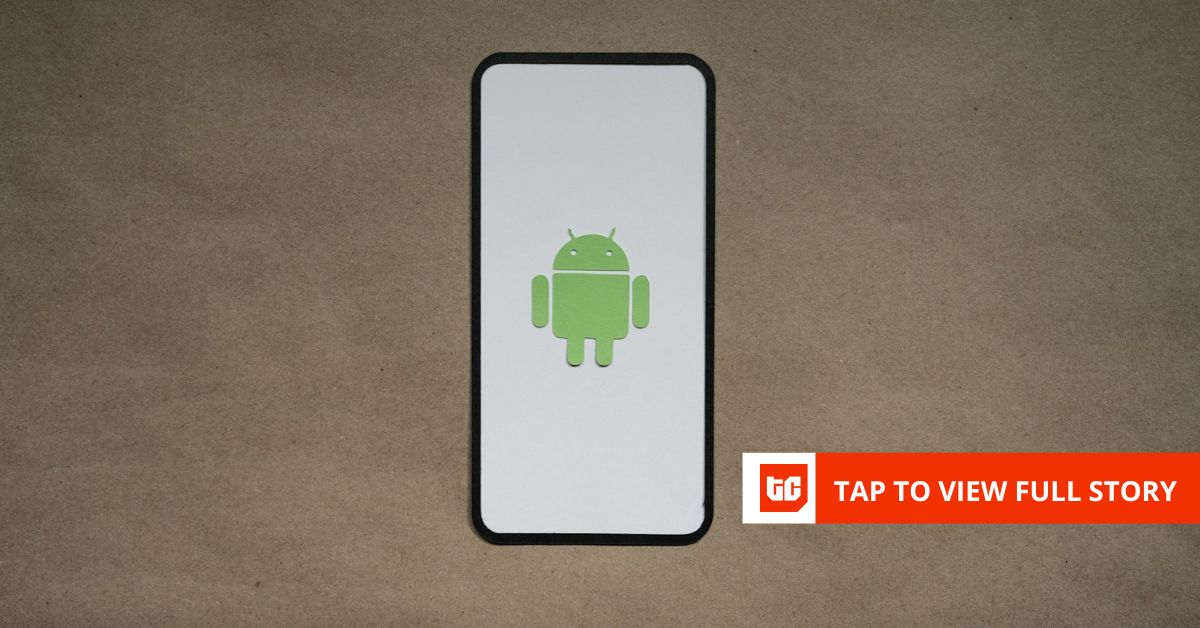Google’s Pixel 10 series is an impressive showing, and among all the new phones, it’s the base model Pixel 10 that has stolen so much of the spotlight. With a triple camera setup (including a new dedicated telephoto camera), Qi2 magnetic charging, and the same Tensor G5 chip inside the Pixel 10 Pro models, is there any reason not to buy the $799 Pixel 10?
Depending on what you’re looking to get out of your next Android phone, there may be after all.
We expect the Pixel 10 to be one of the best Android deals for the next year, but that doesn’t mean there aren’t other good options available. If you’re considering buying the Pixel 10, here are five other Android phones that could be a better fit for you.
Which phone do you think is the best Google Pixel 10 alternative?
964 votes
Google Pixel 10 Pro
C. Scott Brown /
One of those is camera quality. Although the Pixel 10 and Pixel 10 Pro both have a primary, ultrawide, and telephoto camera on the back, the sensors are considerably different. Where the Pixel 10 has a 13MP ultrawide camera with an f/2.2 aperture and a 120-degree field of view, the Pixel 10 Pro has a far superior 48MP ultrawide sensor with an f/1.7 aperture and 123-degree field of view — meaning your ultrawide shots will be sharper, wider, and should look much better in low-light.
Rita El Khoury /
There’s a similarly big discrepancy in telephoto cameras (a 10.8MP sensor with an f/3.1 aperture on the Pixel 10 vs. a 48MP sensor with an f/2.8 aperture on the Pixel 10 Pro), and the Pixel 10 Pro also has a slightly improved primary camera. Furthermore, the Pixel 10 Pro is the only phone capable of recording 8K video and Super Res Zoom Video (up to 20x).
In addition to its camera advantages, the Pixel 10 Pro has a more efficient and brighter LTPO display. The Pro touts 16GB of RAM instead of 12GB and offers 512GB/1TB storage options (the Pixel 10 is capped at 256GB). I also greatly prefer the Pixel 10 Pro’s matte glass back to the glossy one on the regular Pixel 10.
Now, is all of that worth spending an extra $200? If you’re serious about photography, absolutely. The other spec upgrades are a nice touch, but it’s the cameras where the Pixel 10 Pro shines. If that’s a top priority for you, I think it’s worth the extra money.
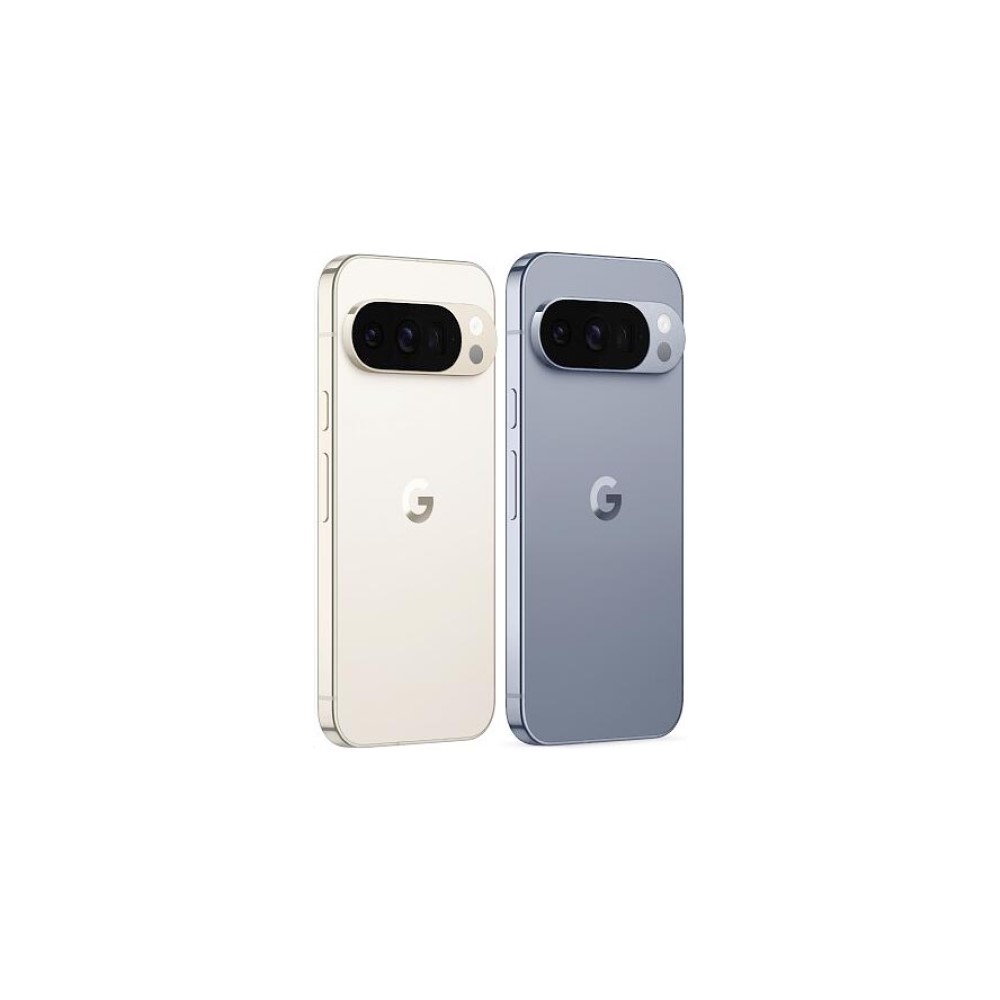
Google Pixel 10 Pro
Top-tier specs with small display • Satellite SOS • Powerful AI tools • Bright display
More power in the smaller form-factor
The Google Pixel 10 Pro marks a new trend. As the medium model in the Pixel 10 line, it offers top-tier specifications with the smaller 6.3-inch display. Diverging from previous Pixel series’ trend of the medium phone being a large display with low-tier specs. We’re excited for the Tensor G5 chipset, high-resolution display, UFS 4.0 storage options, big 16GB of RAM, and the AI-powered triple camera setup with 50MP main sensor.
Google Pixel 9
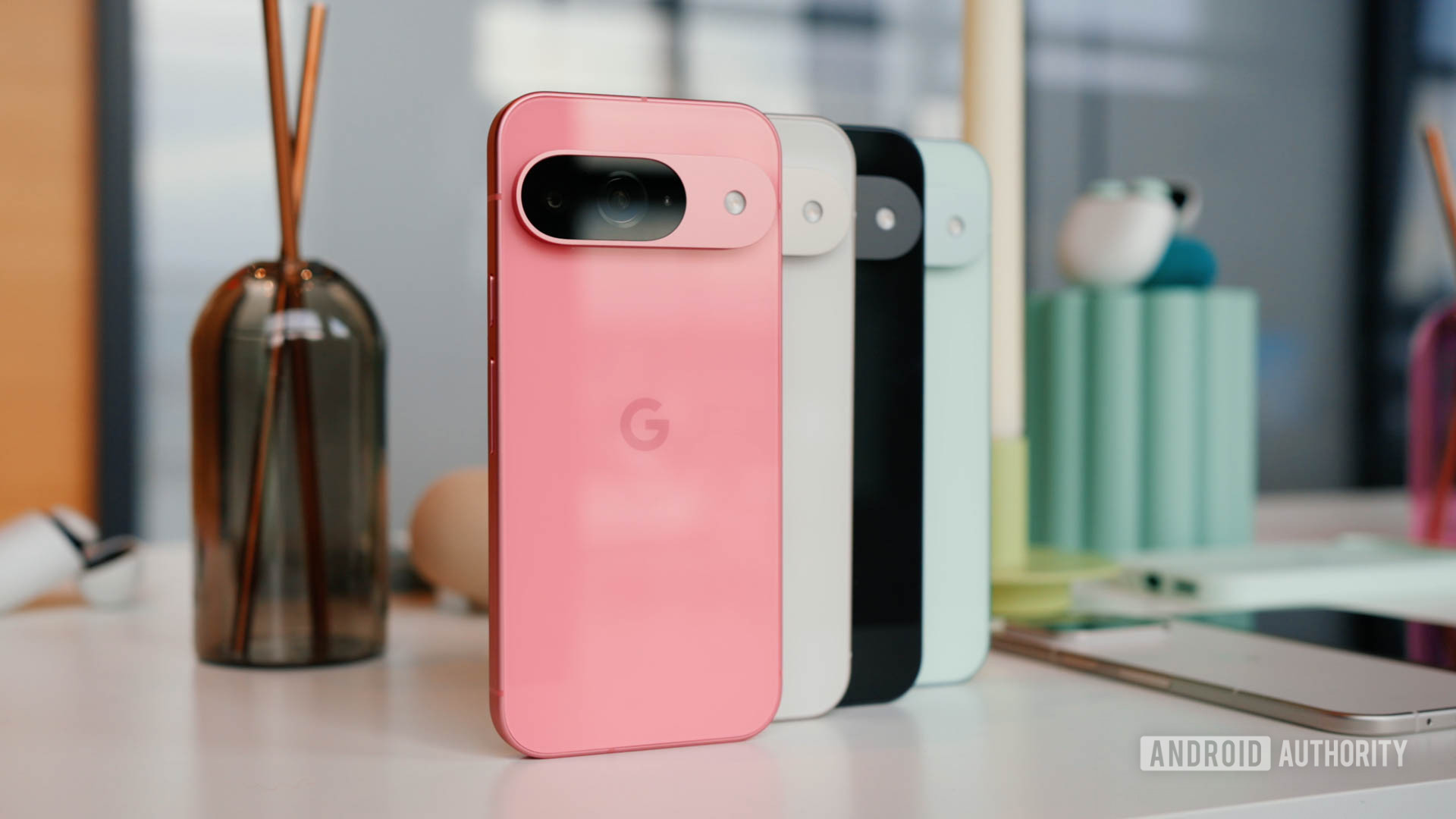
C. Scott Brown /
On the opposite end of the spectrum, if you want a similar experience to the Pixel 10 — but with the chance to get it for a lot less money — it’s worth checking out last year’s Pixel 9. Right off the bat, there are some disadvantages to the phone; it doesn’t have magnetic Qi2 charging, there’s no telephoto camera, and it uses the older Tensor G4 chip.
That being said, other aspects of the Pixel 9 are quite similar to the Pixel 10. Both phones have very similar displays (the Pixel 10 is a little brighter) with the same resolution, refresh rate, and Gorilla Glass Victus 2. The phones also have similar charge speeds, nearly identical hardware, and the same RAM/storage amounts.
Additionally, while the Pixel 9 lacks a dedicated telephoto camera, it features the same primary and ultrawide cameras as the Pixel 10 Pro — meaning those sensors should actually be a little better than those on the Pixel 10. So, while you do give up better zooming capability, you’ll benefit from higher-quality primary and ultrawide photos.
On top of all that, the real benefit of the Pixel 9 is its price. Now that it’s been replaced by the Pixel 10, it shouldn’t be long before we start seeing rampant discounts on last year’s phone. The Pixel 9’s retail price is still $799 — and you shouldn’t buy it at that price — but if you spot a good deal on the Pixel 9, it can be a really good (and really cheap) alternative to the Pixel 10.


Google Pixel 9
Powerful Gemini AI tools • Excellent build quality, refined design • Extensive update policy
The vanilla Pixel 9.
The Pixel 9 rocks a 6.3-inch display, Tensor G4 chipset, 12GB of RAM, and at least 128GB of internal storage.
Google Pixel 9a

Joe Maring /
Okay, but what if you want to go a step further? What if you want a capable and modern Google Pixel phone while spending as little as possible? In that case, it’s worth looking at the Pixel 9a. There are further compromises you make by stepping down the A-Series, but if you’re all about getting a good deal, it might make sense to skip the Pixel 10 and get the Pixel 9a instead.
Both phones have the same-sized display with identical resolutions and refresh rates. The Pixel 9a isn’t as bright and features less durable Gorilla Glass 3, but it’s nothing deal-breaking. Battery life should be pretty similar between the Pixel 10 and Pixel 9a, and — surprisingly — the cameras, too. While the Pixel 9a doesn’t have a telephoto camera, it does feature a 48MP primary camera and 13MP ultrawide camera — the exact same camera specs as the Pixel 10.
The Pixel 9a has last year’s Tensor G4 and just 8GB of RAM, but in our testing, it’s still plenty fast for daily tasks and light gaming. You also sacrifice some more advanced AI features when choosing the Pixel 9a, such as Pixel Screenshots and Magic Cue.
There’s no question that the Pixel 10 is a more advanced phone than the Pixel 9a, but when the Pixel 9a costs only $499, its shortcomings are easy to overlook.


Google Pixel 9a
Built-in Gemini • Incredible camera • All-day battery
All the Pixel essentials for less.
The Google Pixel 9a brings built-in Gemini, an incredible camera, all-day battery, and seven years of updates for under $500.
Samsung Galaxy S25
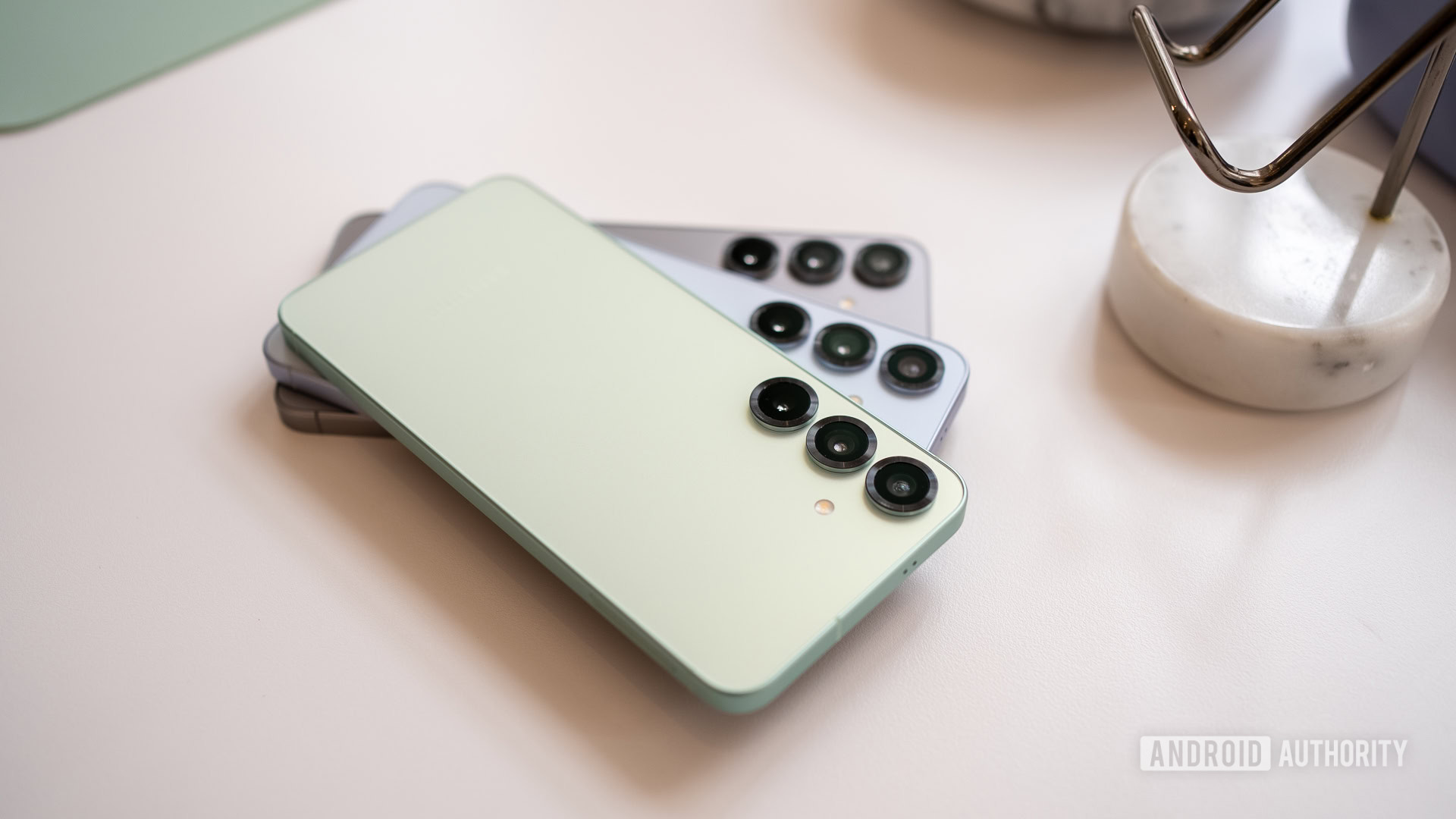
Lanh Nguyen /
I’ll move away from Google’s Pixel lineup for these next two picks, starting with the Samsung Galaxy S25. The S25 is a direct competitor to the Pixel 10, especially given its identical $799 price tag. For some individuals, it may make sense to opt for Samsung instead of Google.
One of the most significant reasons is the Galaxy S25’s Snapdragon 8 Elite chipset. As big an upgrade as the Tensor G5 is, we don’t expect it to dethrone Qualcomm’s silicon. The Snapdragon 8 Elite is one of the best chips you can get in a phone today. If you run a lot of demanding apps or play graphically intense games, that alone can make it worth choosing the S25 over the Pixel 10.
Samsung’s phone also has a slightly smaller display and is significantly lighter. As such, if you really value a compact and comfortable phone, the S25 takes the edge in that department, too. You also get all of the usual Samsung features, be it Samsung DeX, the entire Galaxy AI suite, and improved compatibility with accessories like the Galaxy Watch and Galaxy Ring.
I’d personally prefer the Pixel 10, but if you need the extra horsepower of the Snapdragon 8 Elite, or if you have other Samsung devices, the Galaxy S25 makes more sense.

Samsung Galaxy S25
12GB RAM • Vastly improved software • 7 years of support
Refined software, AI smarts, and next-gen hardware
With an emphasis on AI features, and a move to Gemini, the Samsung Galaxy S25 is an exciting update to the Galaxy S line. Equipped with a 6.2-inch FHD+ display, Snapdragon 8 Elite SoC, 12GB of RAM, a powerful 50MP camera, and updated hardware materials, we expect big things from the base model of Samsung’s 2025 flagship phone.
OnePlus 13R
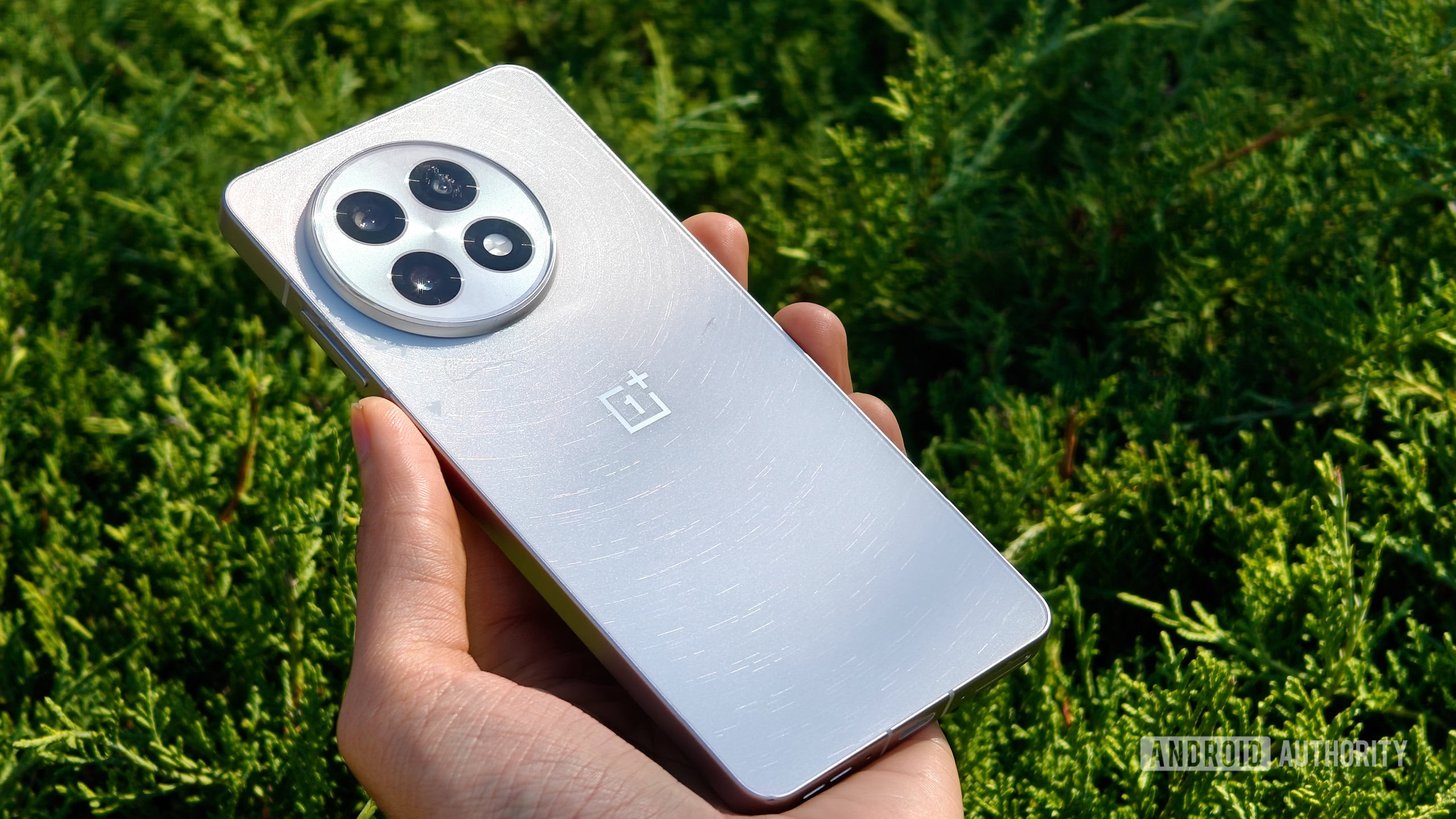
Rushil Agrawal /
Last but certainly not least, we have to talk about the OnePlus 13R. The 13R was one of the first major Android phone releases this year, which means it can be easy to forget about. However, if you’re looking for a Pixel 10 alternative, I truly believe this is one of the best options.
What the OnePlus 13R has going for it more than anything else is its specs. Its Snapdragon 8 Gen 3 chipset isn’t the newest on the market, but if early benchmarks are to be believed, it’s still more capable than Google’s new Tensor G5. The 12GB of RAM is the same as the Pixel 10, but instead of 128GB of base storage, the OnePlus 13R comes with 256GB.
Battery life and charging are where the OnePlus 13R really shine. In our testing, the 6,000mAh battery easily gets through two days on a single charge. When the battery does eventually run dry, the 80W wired charging speeds get the phone’s massive battery from 0-100% in about 55 minutes.
The OnePlus 13R has a decent camera setup, but this is an area where the Pixel 10 has a pretty clear advantage. Software updates are also lacking on OnePlus’s part, with the 13R promised just four major Android OS upgrades compared to the Pixel 10’s seven years of support.
Those are important things to consider, but the price really makes it all worth it. At $599 (and often discounted to $499), the OnePlus 13R is an unbelievably good value. If you’re someone who wants to get as much bang for your buck as possible, this is the phone to buy instead of the Pixel 10.


OnePlus 13R
Speedy performance • Long-lasting battery • Superb value for money
R-eally great.
The OnePlus 13R is everything you’d expect from a OnePlus phone — blazing performance, amazing battery life, and rapid charging. Add to that a gorgeous display and a smooth, feature-packed Oxygen OS experience, and you have a phone that feels like it punches well above its $600 price tag.
Thank you for being part of our community. Read our Comment Policy before posting.



